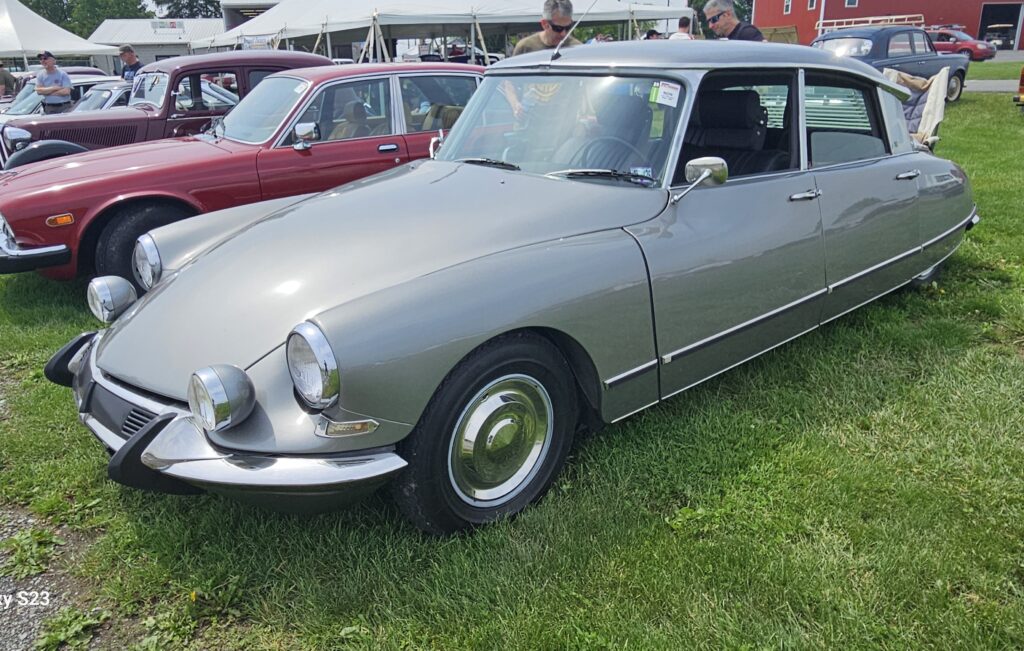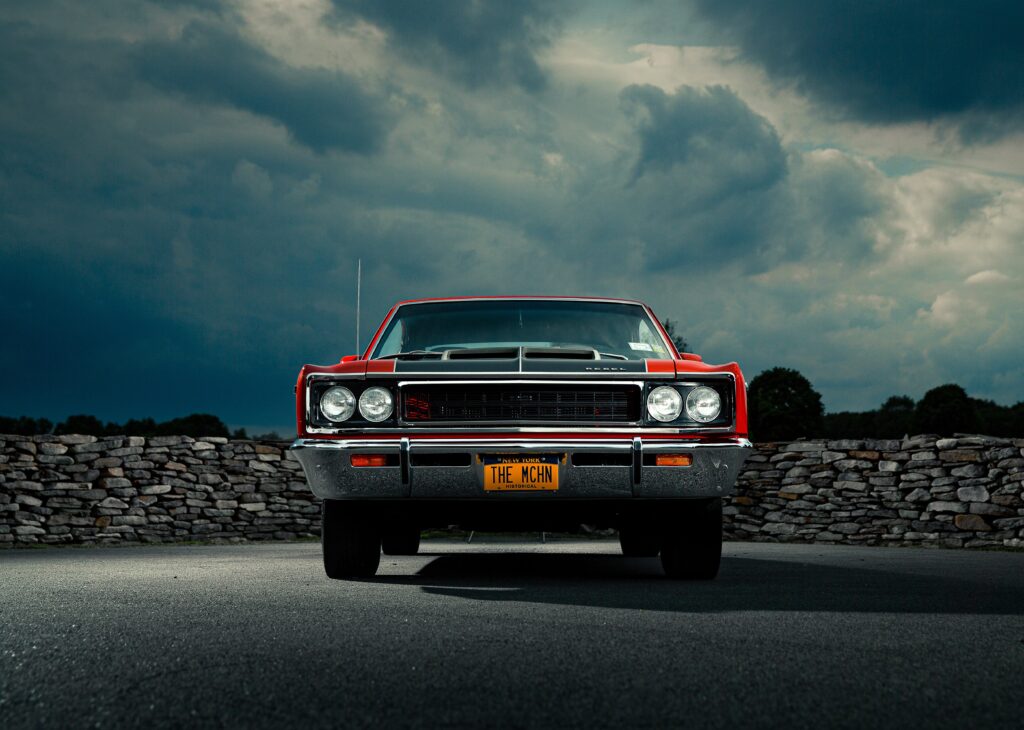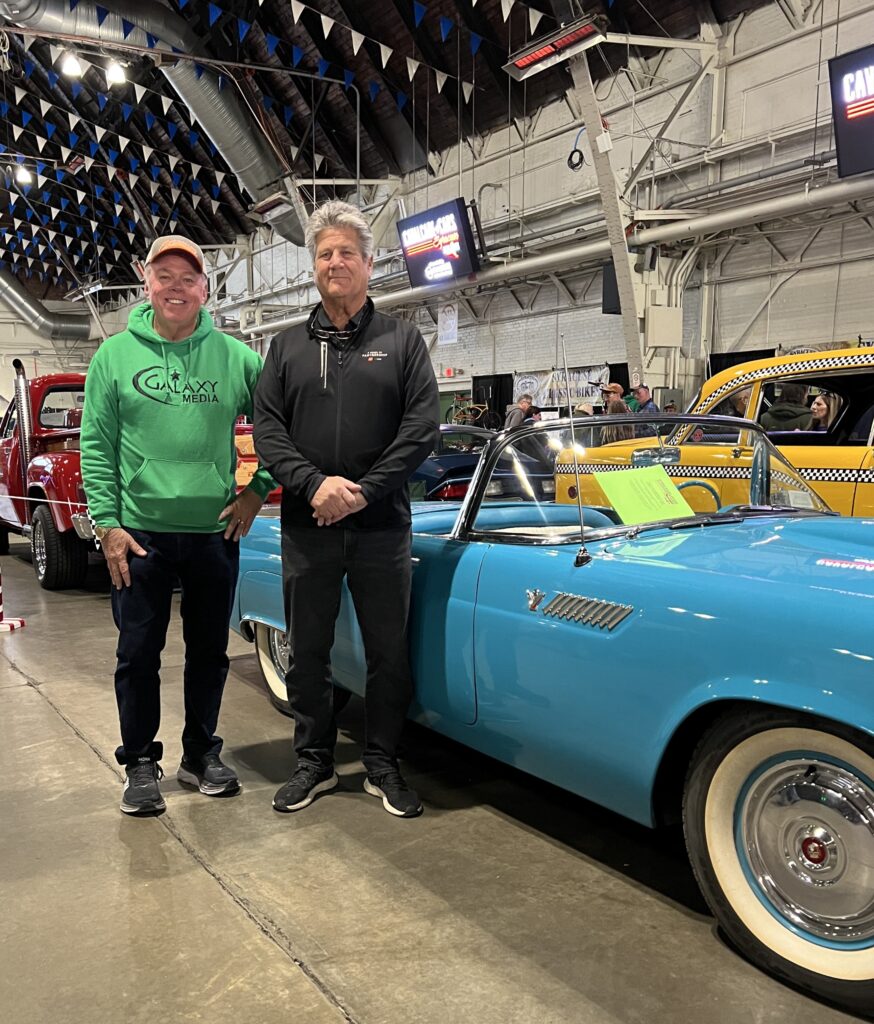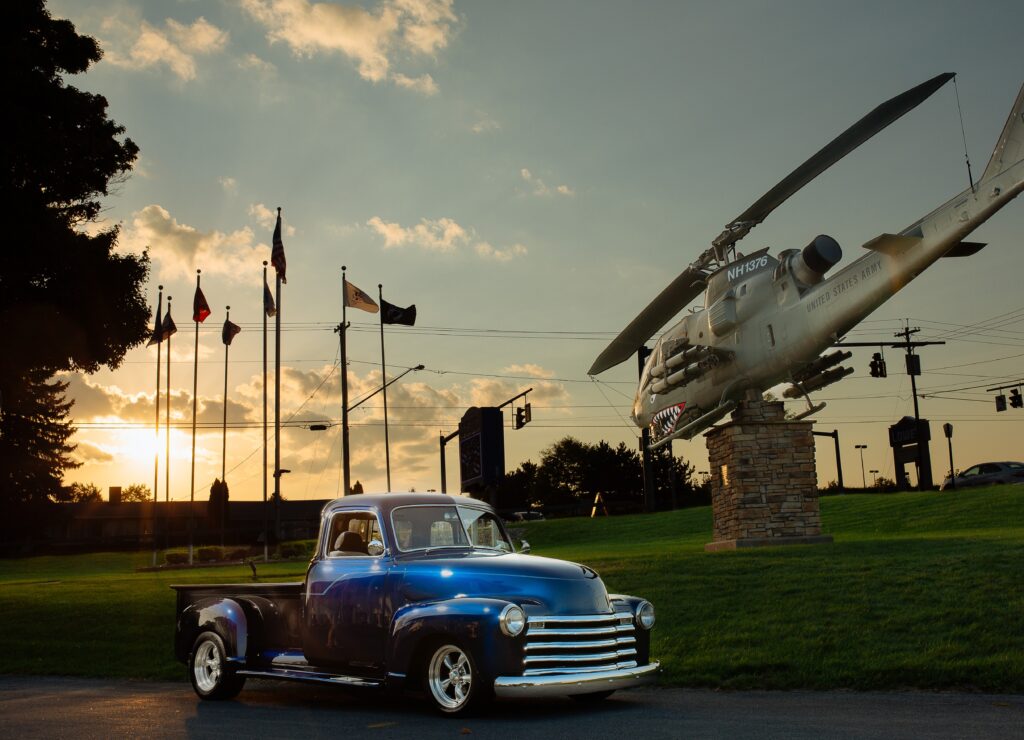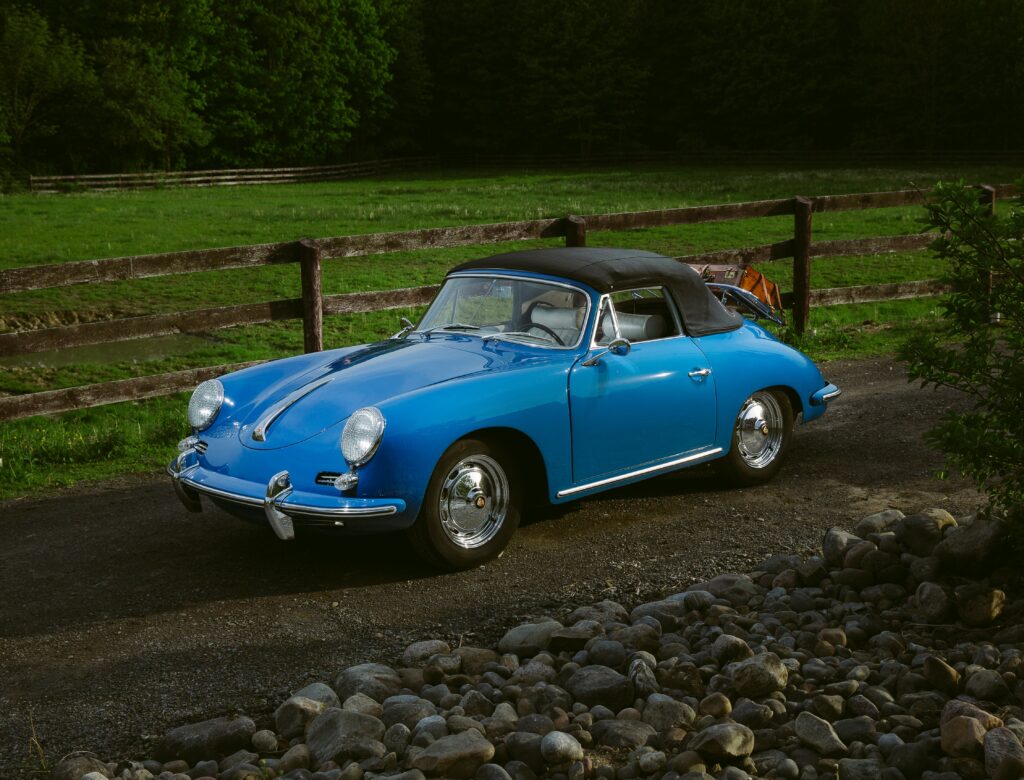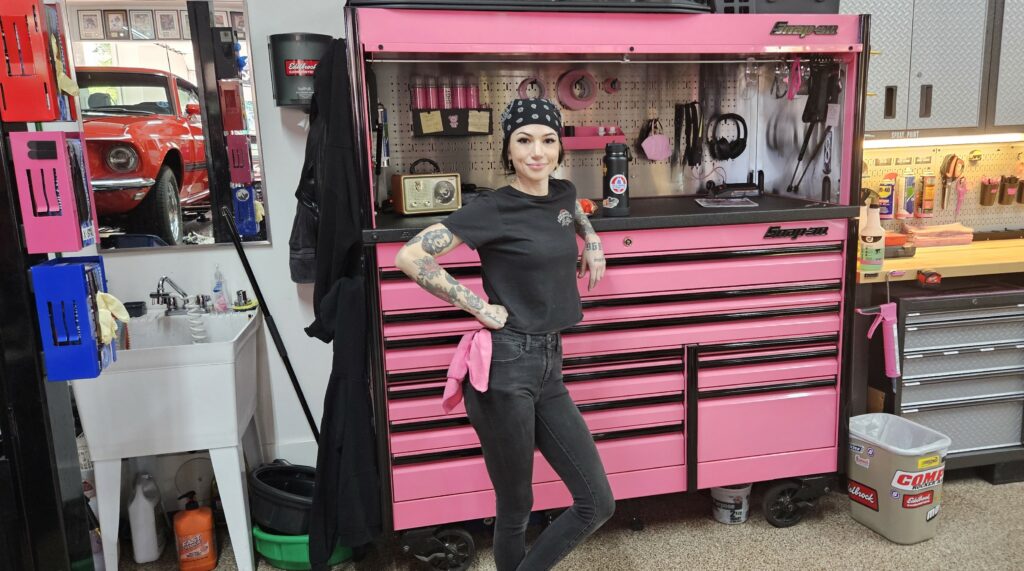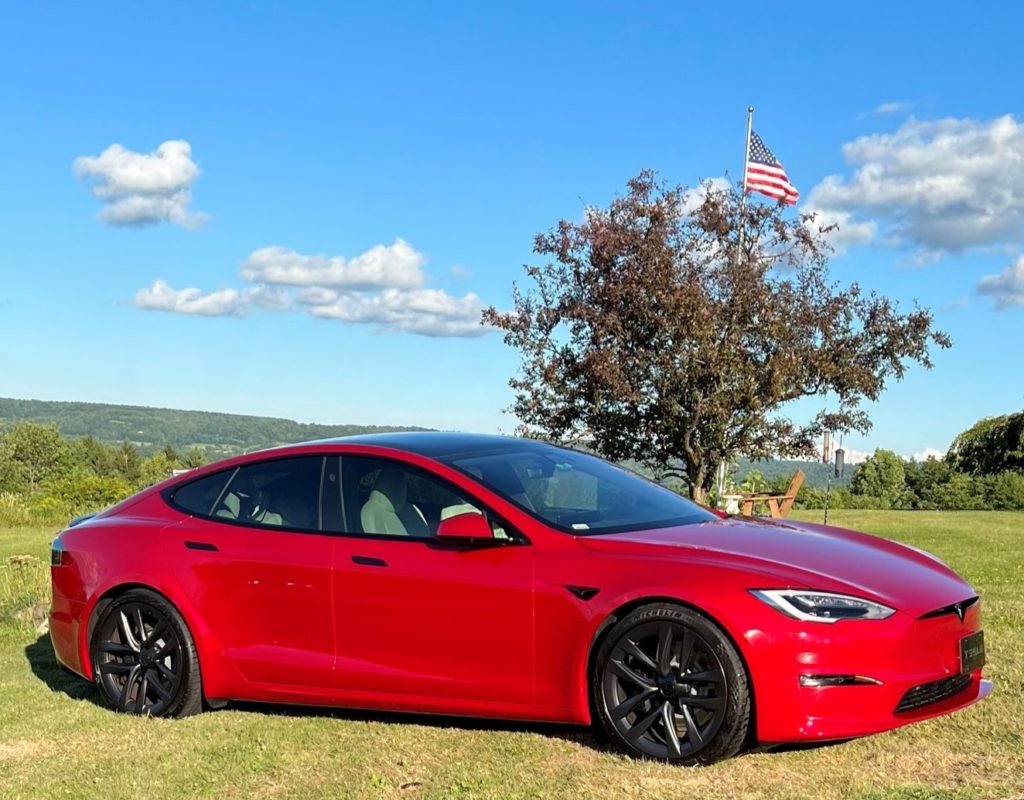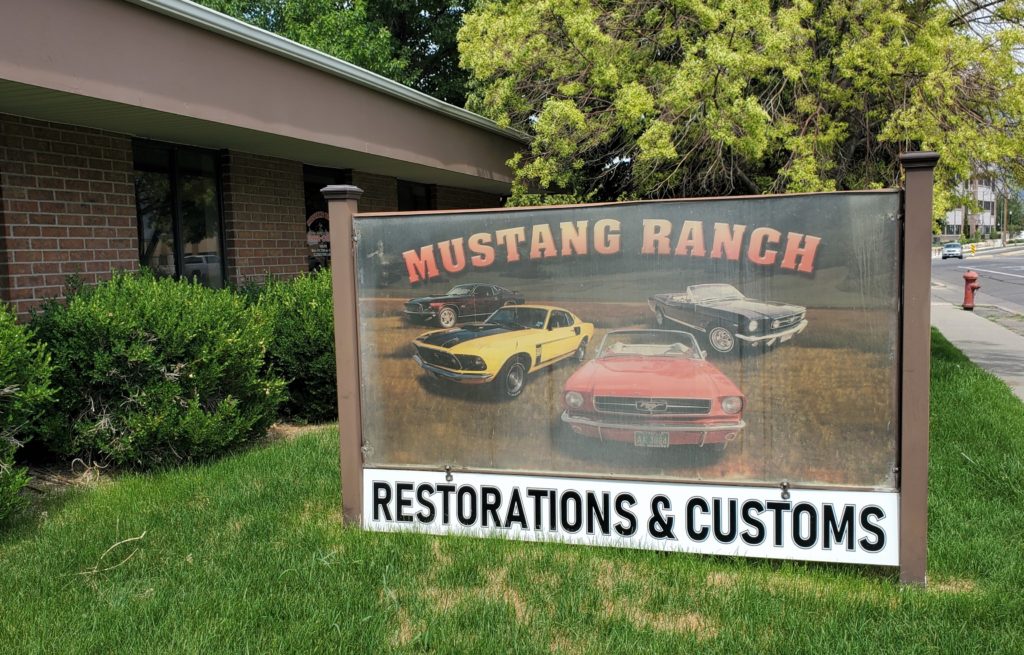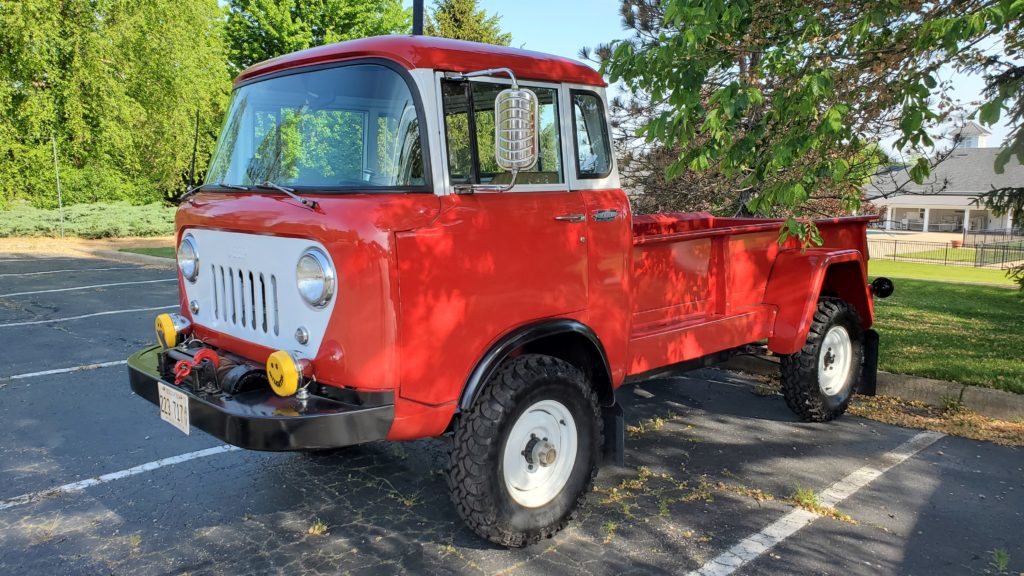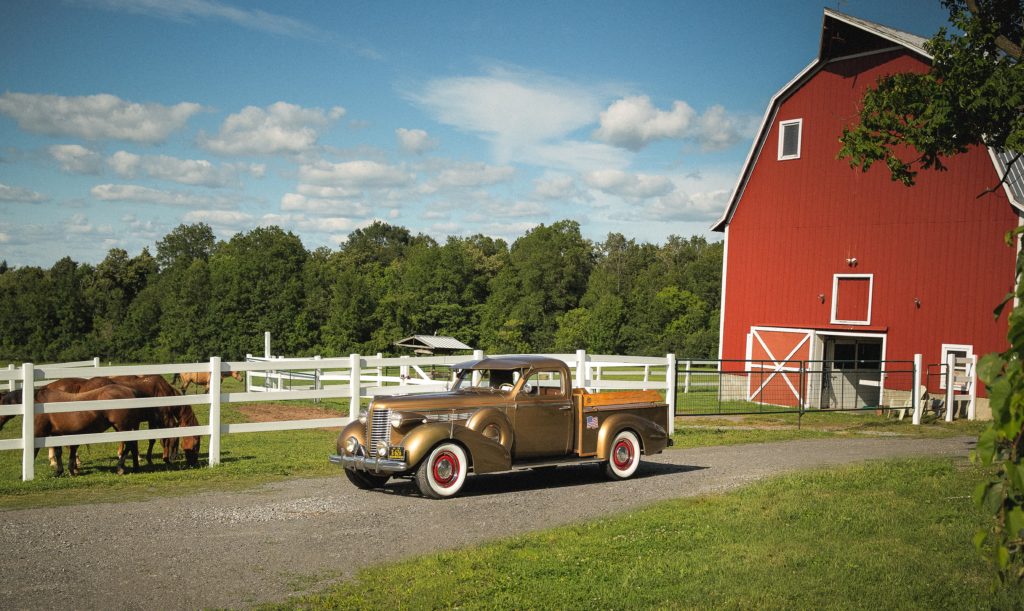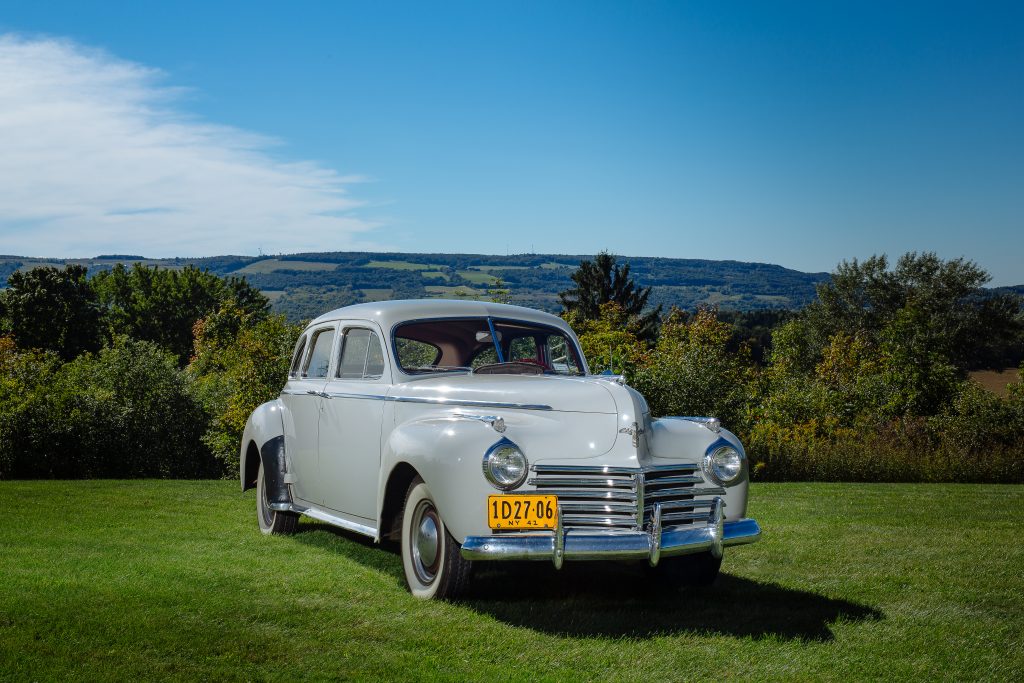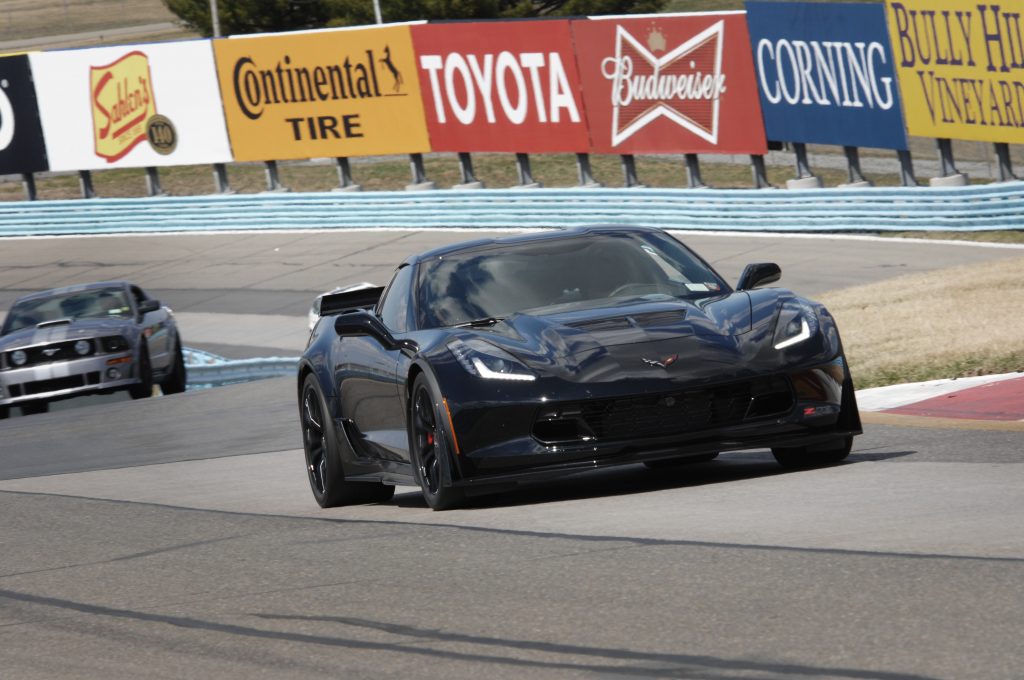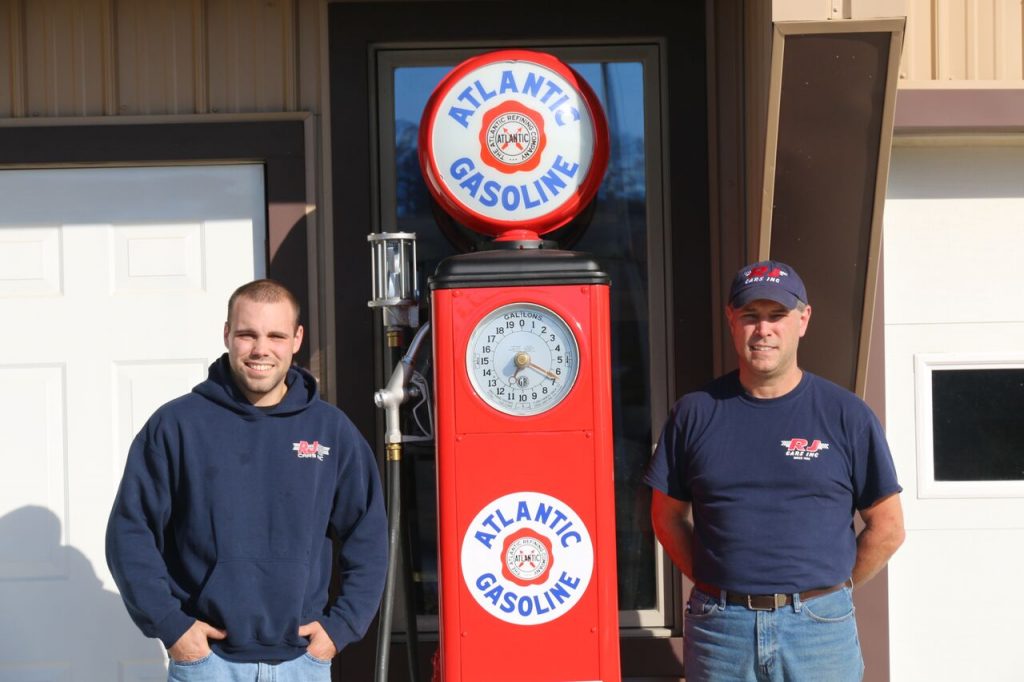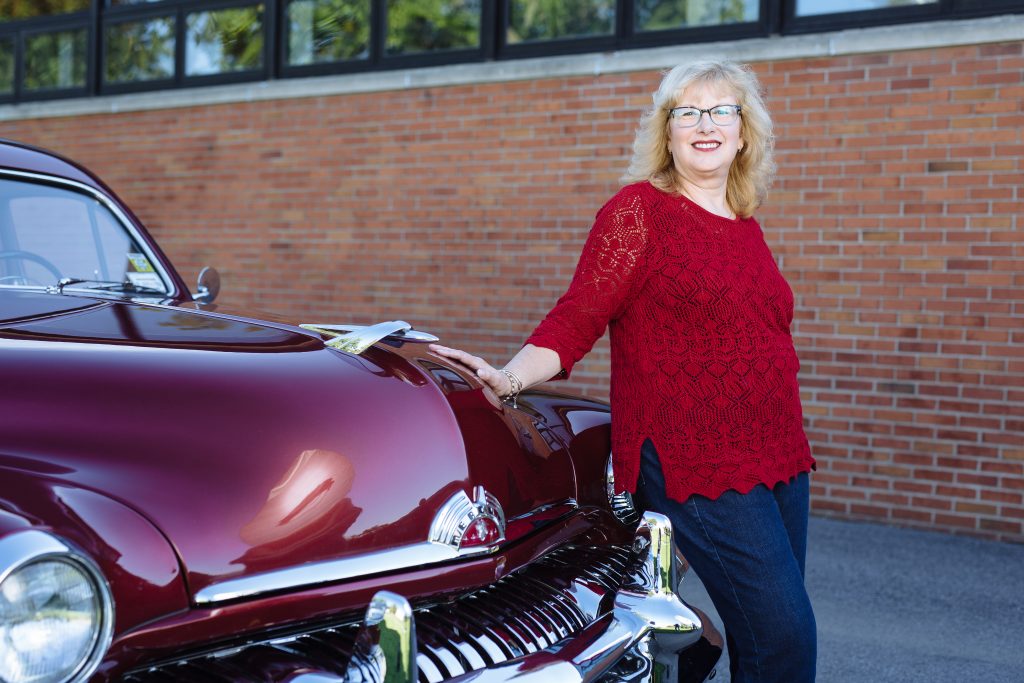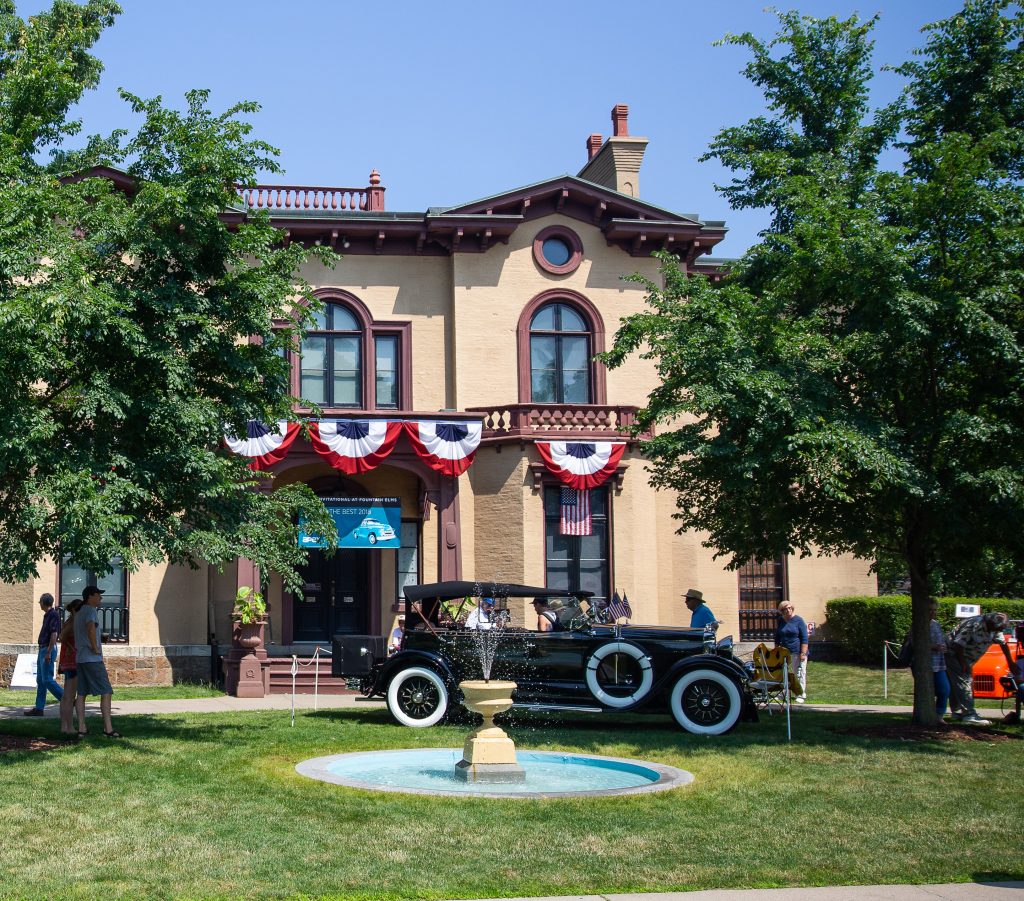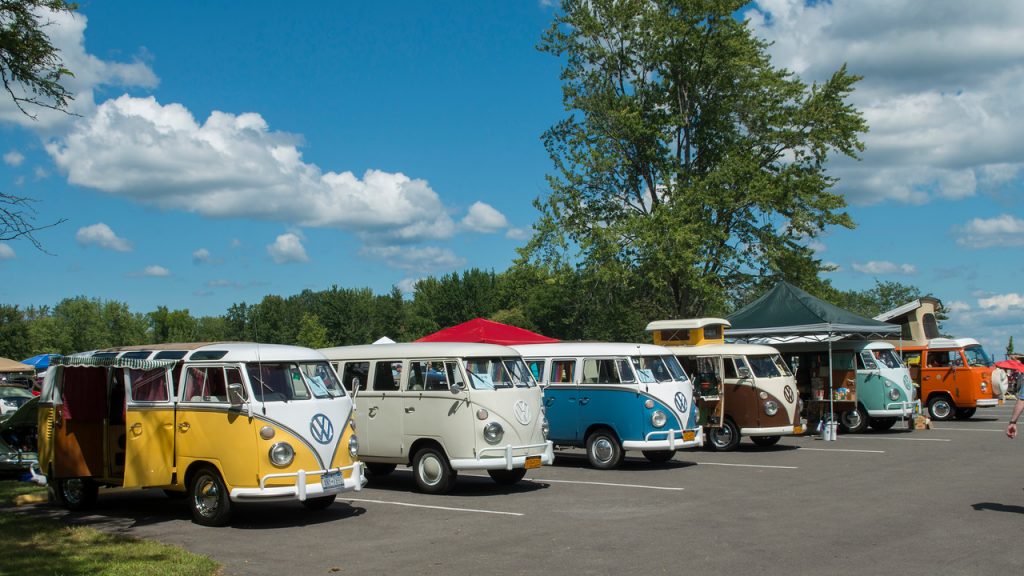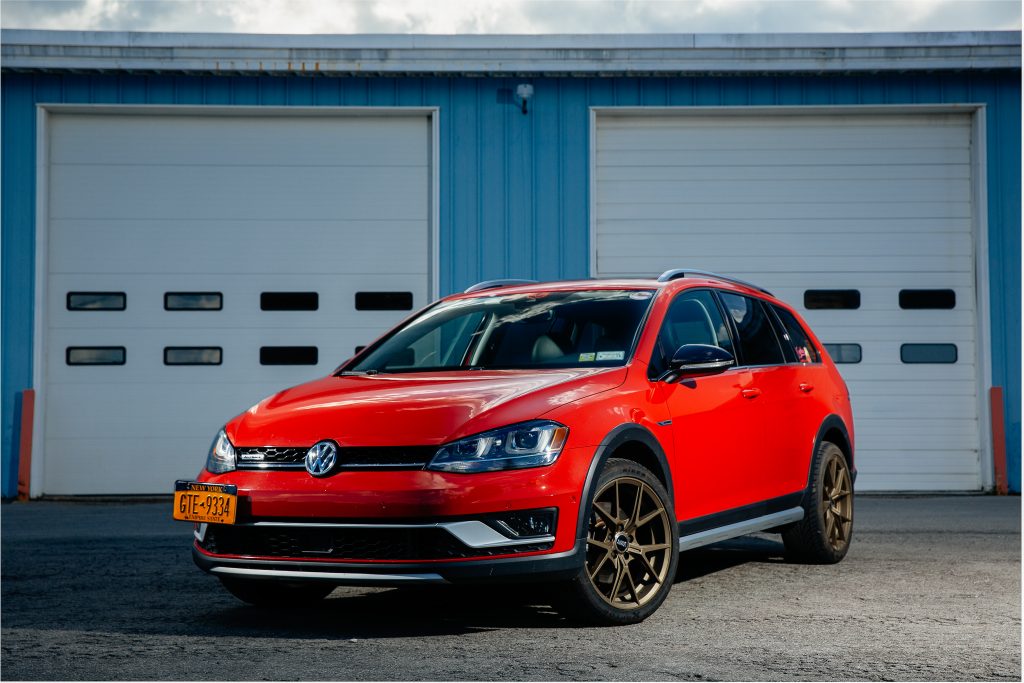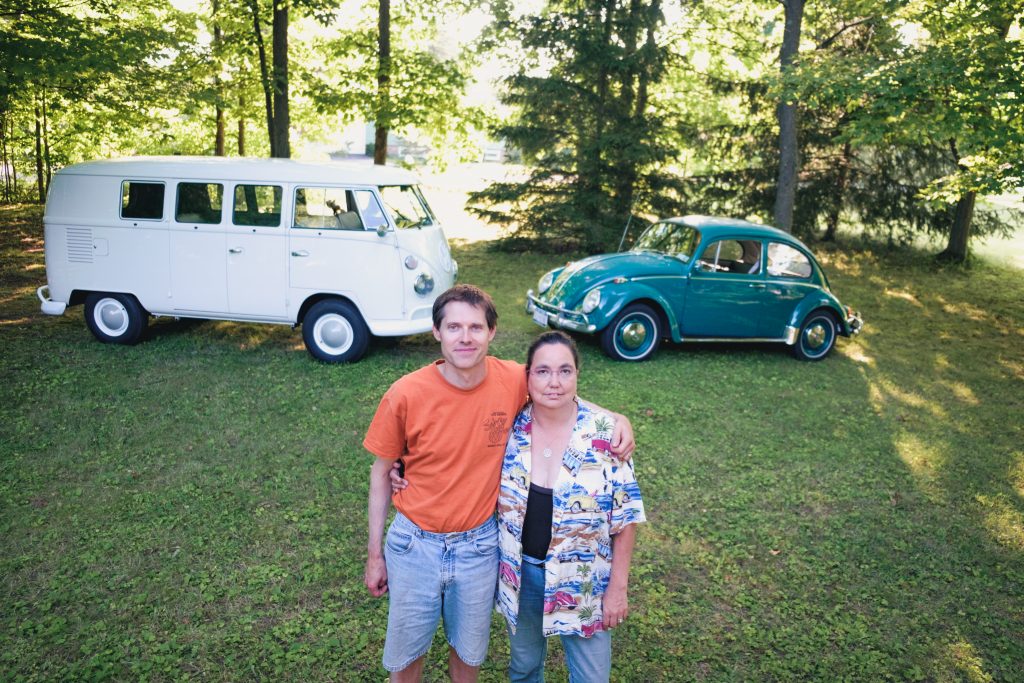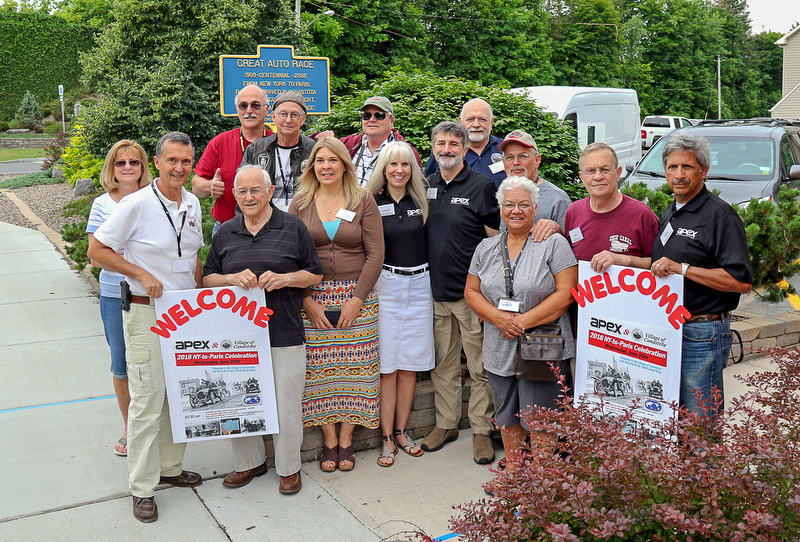“It was an ass-kicker,” is probably an understatement. How about riding for eight hours on a cantankerous 11-hp, rigid frame 1915 Harley-Davidson with no windshield, laboring up the “Going-to-the-Sun” road in Glacier National Park, battling constant headwinds, ascending 7,000 feet in elevation, crossing the Continental Divide, through fog, which turned to mist, then rain, then wet snow and snow at the top? Along the way, making any and all repairs by yourself? After surviving that day’s ride, then having to work on the bike until midnight or 1:00 am, and finally going to sleep…up at 6:00 am to do it all again? That’s a typical day—of the sixteen grueling days—participating in the Motorcycle Cannonball Endurance Run. When 69 year-old Steve DeCosa referred to the event as an “ass-kicker”—it’s definitely (not probably) an understatement.

